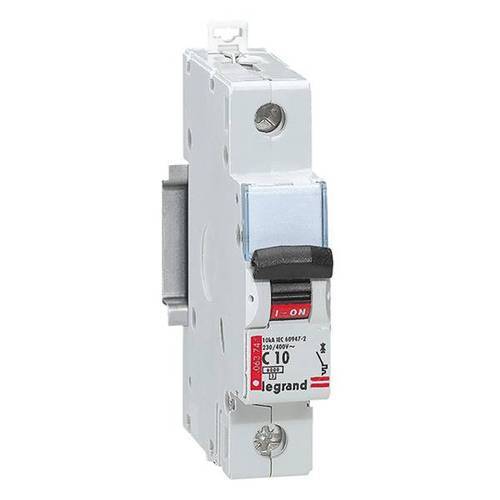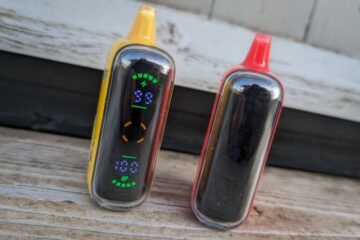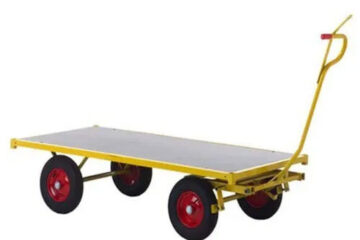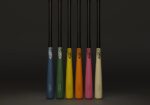Understanding How MCBs Work

A Miniature Circuit Breaker is an electromechanical device protecting an electric circuit against overcurrent. An electrical fault is caused by either an overload or a short circuit.
We used to defend against overcurrent with fuse wire (in fact, we used to sell it!). The premise was simple: an over-current would physically ‘blow’ the fuse wire by rapidly heating and melting it, severing the electrical connection and protecting the rest of the electrical circuit.
The Three Main Features Of An MCB:
Amperes for Overload Current Rating (A)
Overload happens when an excessive number of appliances are connected to a single circuit and demand more electrical current than the circuit and cable are designed to handle. This could happen in the kitchen, for example, if the kettle, dishwasher, electric range, microwave, and blender are all being used simultaneously. This circuit’s MCB cuts electricity, preventing overheating and fire in the cable and terminals.
Kilo Ampere Short Circuit Rating (kA)
A short circuit is caused by a malfunction in an electrical circuit or appliance. It is potentially far more destructive than an overload since the scale and speed of the overcurrent is of a different order of magnitude. It happens when the live and neutral conductors are connected directly. The electrical current rushes around the circuit in a loop without the resistance supplied by regular circuit integrity, multiplying the amperage by thousands of times in moments.
The Tripping Curve
An MCB‘s ‘Tripping Curve’ allows for real-world, and sometimes necessary, surges in power. Huge machines in commercial settings, for example, typically require an initial surge of power over their regular working current to overcome the inertia of large motors. The MCB allows this small surge to occur since it is safe to do so for such a short period.
The Three Primary Curve Types Of MCBs
- Type B MCBs are utilised in household circuit protection if surge protection is not required. In a household context, any major surge is likely to result from a problem; hence the amount of overcurrent allowed is generally limited. A 6amp MCB with a B curve will trip between 18a and 30a, based on how long the over-current lasts, but usually between 10 and 8 seconds.
- Type C MCBs trip at 5 to 10 times full load current and are utilised in commercial and light industrial situations with big fluorescent lighting circuits, transformers, and IT equipment such as servers, PCs, and printers.
- Type D MCBs are found in heavy industrial facilities that utilise huge winding motors, X-ray machines, or compressors. Because of the high potential for surges, they trip at 10 to 20 times full load current. As a result, a 10 amp D Type MCB trips between 100 and 200 amps.
What distinguishes Legrand’s MCBs from others?
- Large Selection of MCB Electricals – B/C/D Curve Miniature Circuit Breakers MCBs Up to 125A
- ISI 10kA Marked according to IS/IEC 60898-1 2002 and 16kA according to IEC 60947.
- Dedicated DC Range with a Breaking Capacity of 6kA
- Built-in Label Holder
- Bottom Sliding Clamp
- Better Air Channels
- Dolly has a colour-coded on/off indicator.
- Lower Bi-Connect Terminals
- Sliding Doors
- Copytracer to Combat Counterfeiting
- A wide range of accessories such as changeover contacts for remote monitoring is available.
- Remote Tripping Shunt Release
- Separate Motor Operator for Remote Control
- Advanced safeguards such as overvoltage and Undervoltage
- A padlocking facility is available.
Visit Legrand to know more about our MCBs!


















